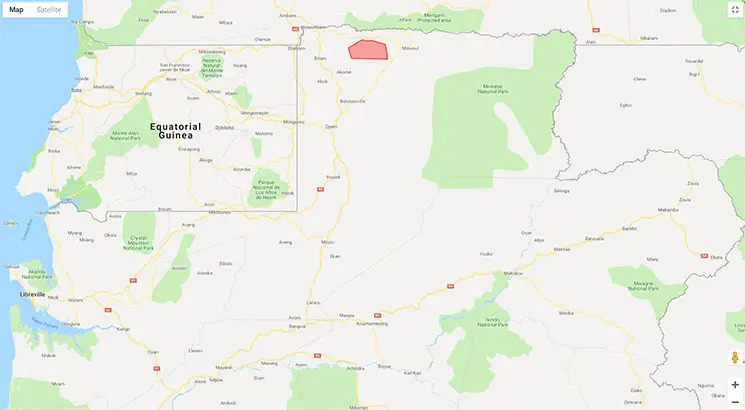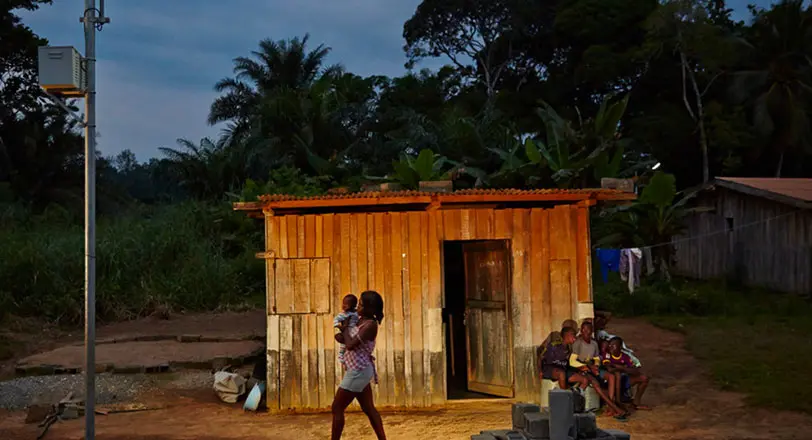Olam Rubber Gabon, our 60:40 joint venture with the Government of Gabon, has planted nearly 11,000 ha of high yielding trees and we’re protecting a further 25,000 ha (over 68% of total concession area) of High Conservation Value forest, buffer zones, wetlands and village use areas.
Our long-term success depends on ensuring local populations have strong agricultural and agronomic skills. We’re committed to providing gainful, stable employment, and training for populations with otherwise limited opportunities for growth.
95% of our 1,200 employees are Gabonese, and a fifth are female. We also conduct training for nursery management, plantation maintenance and Quality, Environment and Health and Safety matters.
All of the 25 surrounding villages in Bitam, Bikondom and Minvoul have been included in freely negotiated Social Contracts, established through a Free Prior and Informed Consent Procedure. Social Contracts include commitments to contribute to, recruitment of local population, social infrastructure, and supporting small-scale agriculture.
Rubber Locations
We have partnered with the Government of the Republic of Gabon in a 60:40 Joint Venture to manage 37,000 hectares. To date, Olam Rubber Gabon has planted 11,000 hectares and is protecting around 25,000 hectares.

The development of the plantation is in line with the Government’s proposed National Land Use Plan as it seeks to develop an economy less dependent on fossil fuels, as well as providing private sector employment. However, for the development of agriculture, Gabon has the challenge that more than 85% of its land is covered by forest. Of the remaining non-forested land, much of it is swamp or infertile. Through the plan, Gabon has identified sufficient areas of highly degraded forests and abandoned fallows to meet its needs, while preserving and sustainably managing all of its high conservation value and high carbon stock and old-growth forests.
We’ve achieved ISO14001 certification for environmental management for our rubber operations. The OPG rubber concession lies within an area of abandoned agricultural fallows and mixed secondary forests, in a hilly landscape dissected by broad, flat swamps and rivers. We conducted an Environmental and Social Impact Assessment in 2011, which went through a public consultation before land preparation. As a result of these surveys, we were able to identify 11,000 ha of plantable lands on the flatter hills, favouring wherever possible the rattan scrub, but also including some areas of secondary forests. The best-quality habitats (maturing and high-biomass forests) – as well as all wetlands – have been protected in an extensive, well connected network of core habitat and buffer zones (approximately 13,400 ha of conserved terra firma forest, including village use areas (318 ha) and 9,500 ha of swamp forests and wetlands). The ratio of protected ecosystems is approximately 68% of the concession. A strict no-hunting policy has been put in place to ensure that these forests gradually recover from historical overhunting.

Community Development Projects
We’ve allocated USD 9.6 million for social investment, which has already resulted in 625 solar lamps, 45 hydraulic pumps, road access for villages and the rehabilitation of schools. Outside of the Social Contract, ORG also set up a Social Fund, managed by a similar tripartite committee, to support community development projects on an ongoing basis.



